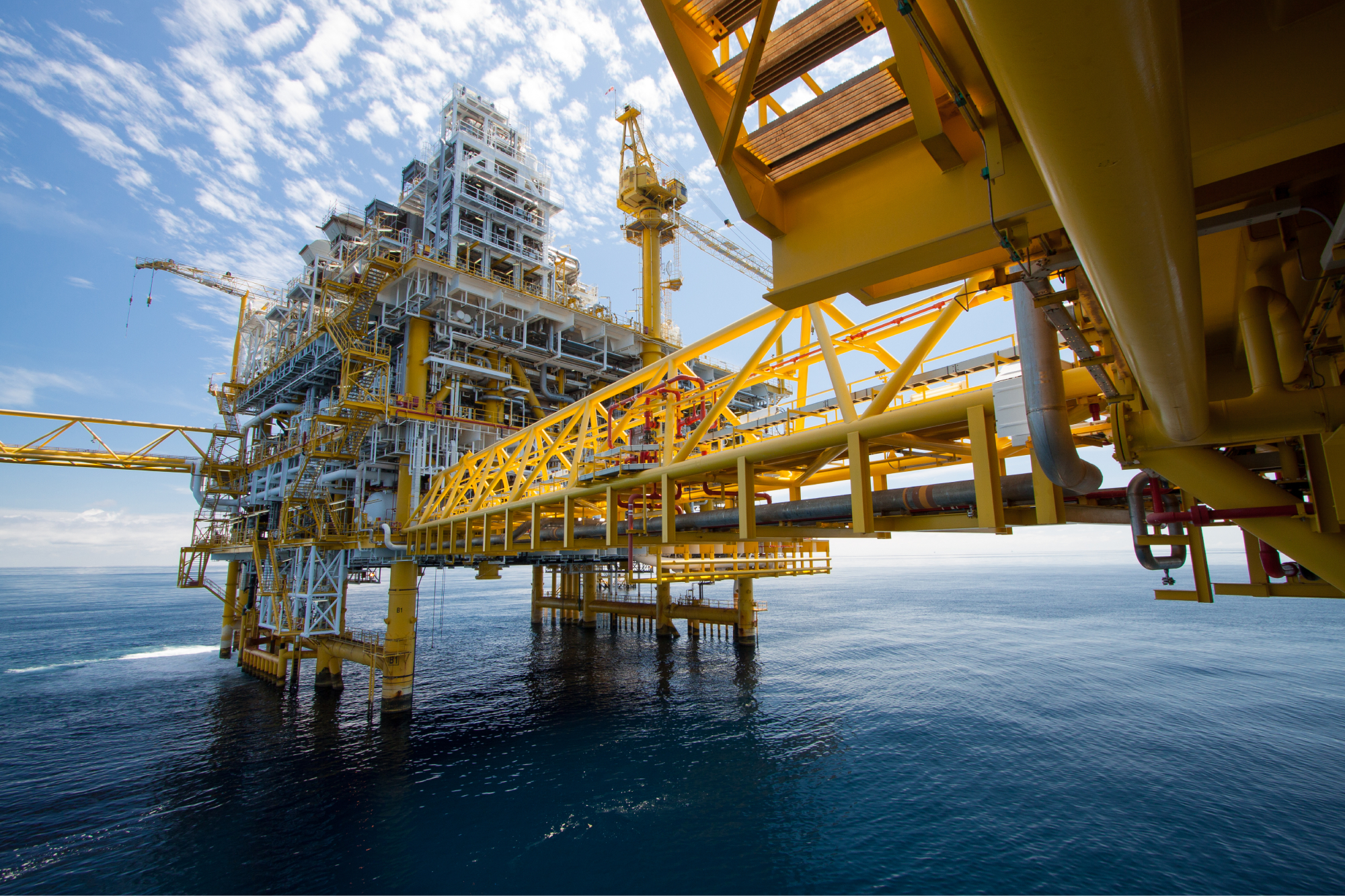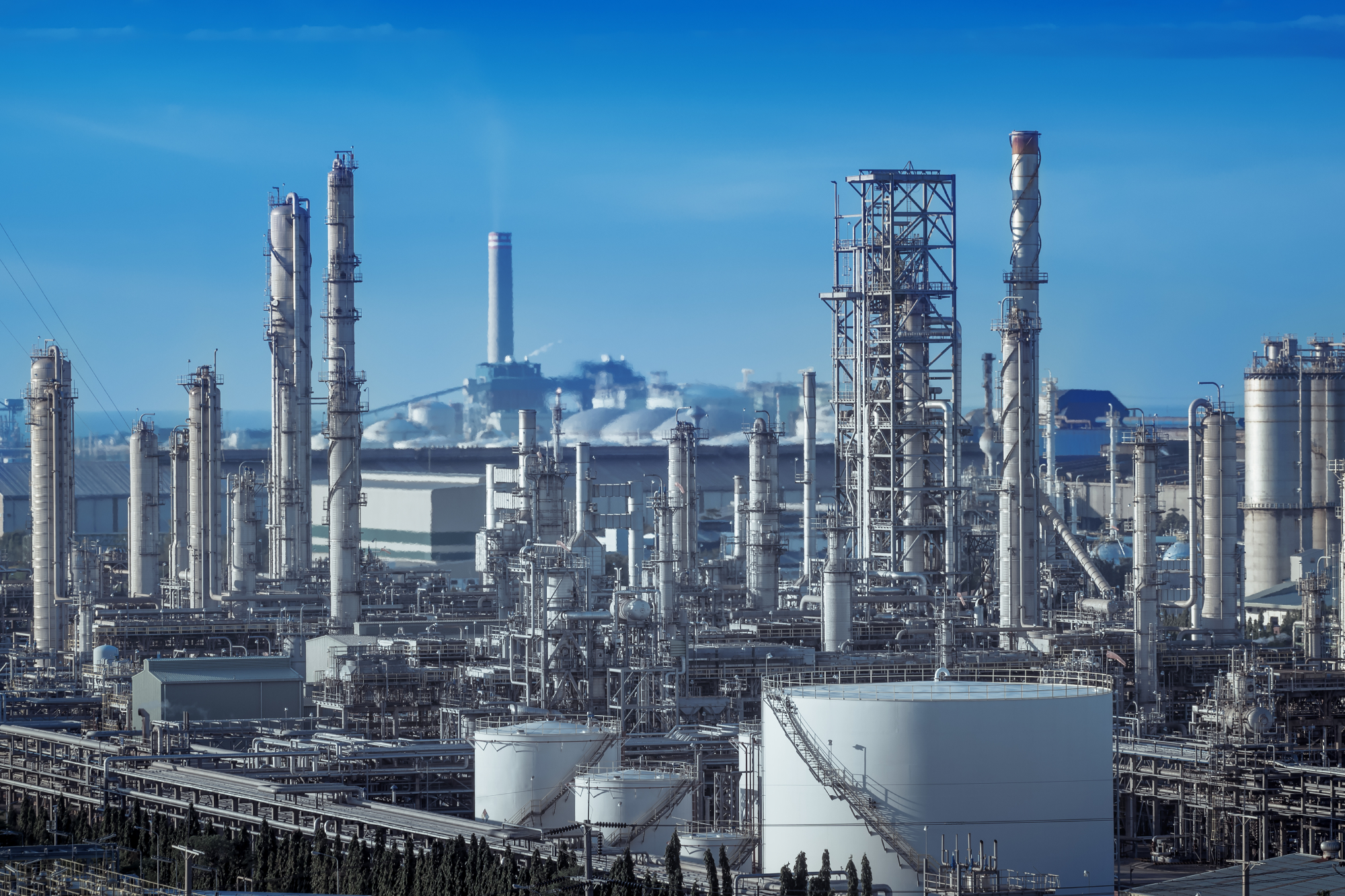Industry Outlook
Investment in midstream infrastructure globally has been on the rise in recent years with several factors contributing. Firstly, the growth of unconventional oil and gas production, such as shale oil and gas, has created a need for expanded Midstream capacity. These resources are often located in remote areas, requiring new pipelines, storage facilities, and processing plants to transport and process the extracted energy commodities. Secondly, the globalization of energy markets has led to increased demand for midstream infrastructure. As energy consumption continues to grow worldwide, there is a need to transport and distribute energy commodities across different regions and countries. This has resulted in the construction of new pipelines, terminals, and export facilities to facilitate international trade. Furthermore, the transition towards cleaner energy sources, such as natural gas, has also driven investment in midstream infrastructure. Natural gas is considered a cleaner alternative to coal and oil, and its demand has been increasing globally. This has led to the construction of new pipelines, liquefied natural gas (LNG) terminals, and other infrastructure to transport and distribute natural gas.
Investment in midstream infrastructure is not limited to a specific region or country. It is a global trend, with significant investments being made in various parts of the world. For example, the United States has seen a surge in midstream investment due to the shale revolution, with the construction of new pipelines and export terminals. Similarly, countries like Canada, Australia, and Qatar have also witnessed substantial investments in midstream infrastructure to support their energy exports.
The strong commodity price in 2023 resulted in a reversal of the typical ownership of midstream infrastructure in the US market with large public Midstream Operators purchasing ‘plug and play’ Private Equity backed single system portfolio companies in order to create ‘super systems’ and consolidate various basins/fields. Likewise, the Canadian market also consolidated, with several major M&A’s taking place across the Montney shale.
Globally, there remains attractive standalone Midstream business although typically in certain regions such as the Middle East and Asia, the Oil and Gas value chain is integrated and therefore midstream assets are purchased within a package in either the Upstream or Downstream Insurance market. South and Central America remains as strong growth area for Midstream business with major infrastructure investment and typically an ever-growing focus on the American ‘MLP’ model particularly for pipeline infrastructure.
Insurance Market Outlook
Midstream business continues to be written by both the Upstream and Downstream Insurance markets in London. The latter market has withdrawn somewhat from the class over the last 3-4 years to focus on core underwriting appetite following some negative loss years and so the typical competition for large private/small public Midstream Operators remains in the traditional Upstream market. For any Insureds with need for significant limit, a mixture of both markets is recommended with a layered approach.
2023 saw average rate growth of 8% across Physical Damage and Business Interruption coverages, which, combined with inflation related increases in Insured Values & Indemnities increased the premium pool to London significantly. With that said, the unprecedented wildfires experienced in the conventional Oil & Gas plays in Canada have given the market a cause for concern as initial quantum was rumoured to be significant. This loss event has matured in a positive light for underwriters, with many Insured’s reserving lower than expected, however, it has served as a warning. for the market, who have reacted with wording and attachment point amendments for the specific coverages that have given them the loss, namely, the Denial of Access Extensions of Coverage. These amendments have been implemented globally but will be felt most keenly in the Canadian market, where terms were on the broader end of the spectrum.
Given the fall in reserve and the overall premium uplift experienced in 2023, expectations for the market in 2024 are a story of stability, with likely base rate rises in the low to mid-single digits for clean business combined with aforementioned Condition changes.
The Domestic market in North America continues to harden and the delta between it and London remains enough for Insureds to continue to utilise capacity in the latter. With that said, appetite for certain gold standard risks is increasing, particularly in the Canadian domestic market, where the London 2024 Condition changes will be felt the hardest.
Globally, the Middle East and Asian markets continue to have strong appetite within the Downstream portfolio for the limited standalone midstream business and any Catastrophe Risk exposed areas such as part of South America can be a challenge.



